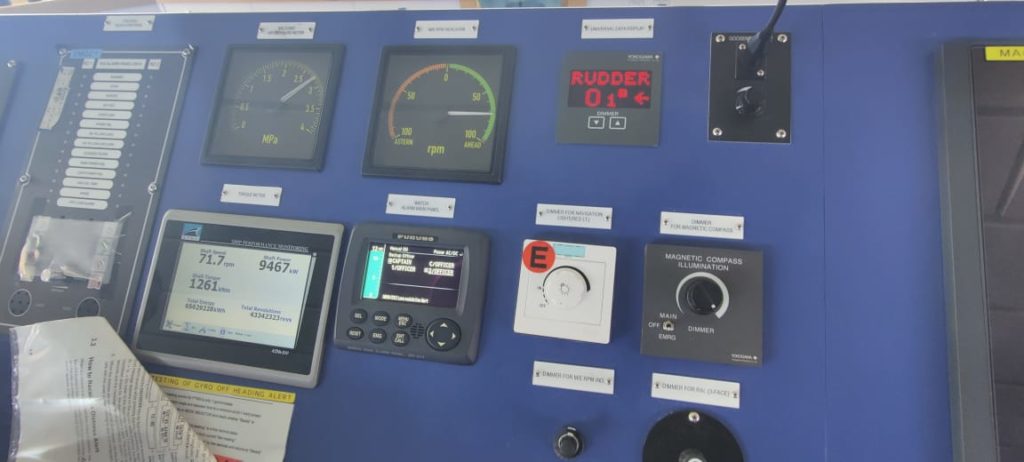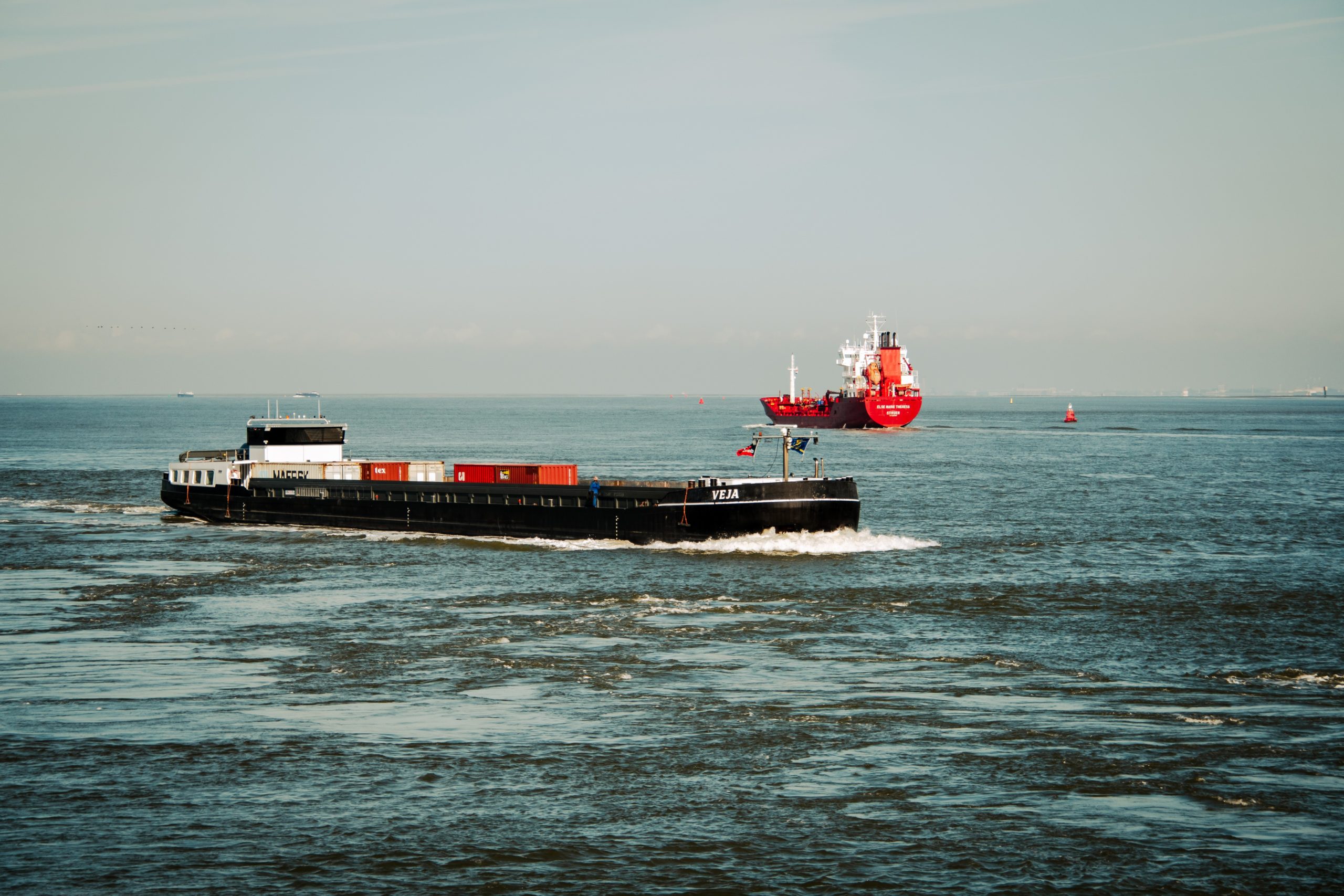BNWAS
The bridge navigation watch alarm system is commonly known as BNWAS.
It can be defined as an Alarm system, which notifies master and other designated officers of the ship, that the Officer on bridge watch is incapable of carrying out his duty and it has to be attended as soon as possible.

Table of contents:
Purpose of BNWAS
The main purpose behind the use of this bridge equipment is to monitor bridge activity and detect disability of the watch-keeper which could led to marine accident.
Why do ships need Bridge Navigational Watch and Alarm system?
It’s because the ships have got in lots of accidents because either the watchkeepet slept while on watch or he became disable due to some reason.
Now you can imagine that a vessel, which is having some risk of collision or risk of grounding. While it has only one watch-keeper and one AB there on bridge.
Suppose they become unable to take any action due to some problem. And the safety of the vessel as well as the safety of the ship lies solely on those two persons.
Now you can guess the amount of disaster the vessel could cause because of the incapability.
So if there is an emergency situation and the officer is not able to take the right decision at the correct time which can led to an devastating accident so in order to avoid it Bridge Navigational Watch and Alarm system is installed on the bridge.
A series of alert and alarm is first sounded by bridge navigational watch and alarm system in the navigational Bridge to alert officer on watch and if there is no response the bridge navigational watch and alarm system will send notification or simply notify the other deck officer.
Modes of operation of BNWAS
It consist of three modes of operations:
A)Automatic
B) Manual On
C) Manual off
Now let’s define them in order to study their functions more clearly:
1: Automatic mode
The Bridge Navigational Watch and Alarm system is automatically activated when the vessel is navigating by means of heading or track control system and inhabited when this system is deactivated.
2: Manual On:
The Bridge Navigational Watch and Alarm system is always in operation.
•Master switches On the system by signal turning the key-switch towards On or any other password protected method which is known only by the master.
•Once dormant period is set the authorized person pulls out the key.
•This dormant period starts when the system have been turned on.
3:Manual off:
The Bridge Navigational Watch and Alarm system is turned off.
Performance standards for the BNWAS
1:The Bridge Navigational Watch and Alarm system should be working I.e kept on whenever the ship is underway at sea or while at anchor.
2:System is powered by ship main power supply and shall must have a backup giving a 6 hours usage.
Limitation of Bridge Navigational Watch and Alarm system:
1: Accuracy should be within 5% whichever is lesser.
2: The duration of dormant period should be restricted only upto the master.
Reset functions:
1: Reset can be only done from physically located areas of the bridge providing proper look out.
2: Reset can be only done with a single operator action which starts the dormant period further, cancelling the alarms/indications.
3: Constant activation of the dormant period vis a visit the rest button should not extend the dormant period to more than that is set or bring about any suppression of the alarms or indications.
Additionally:
1: An emergency call feature should be present to immediately skip to the second and third stage alarm.
2: To be powered from the main power supply. The malfunction indication and all elements of the emergency call facility should be powered from the battery maintained power supply.
3: Outputs should be available for integration with other bridge equipment’s if needed.

